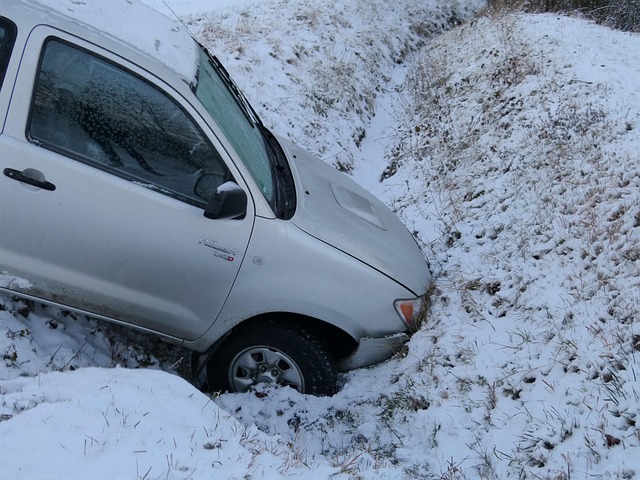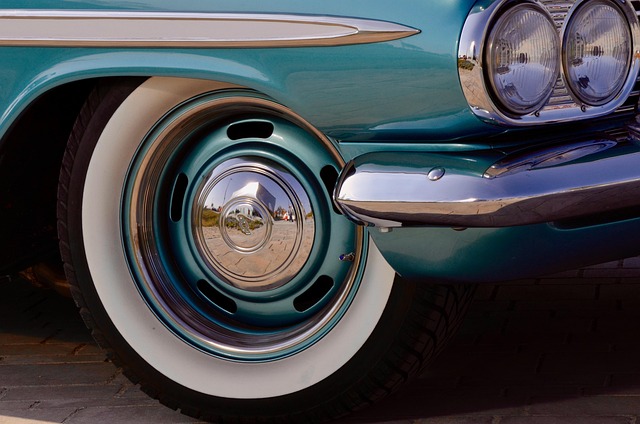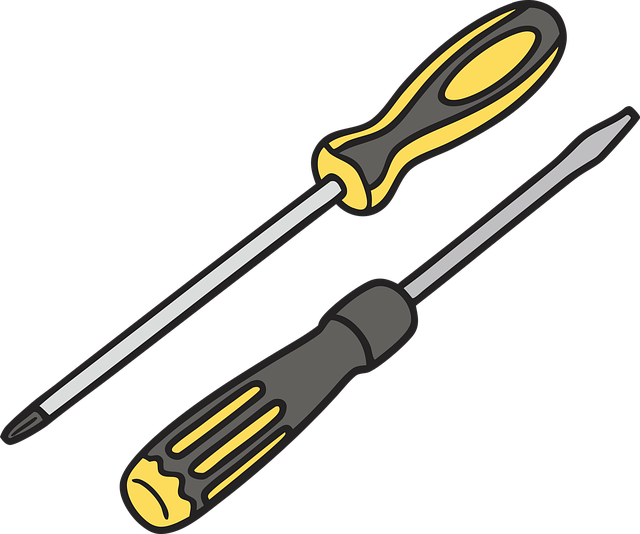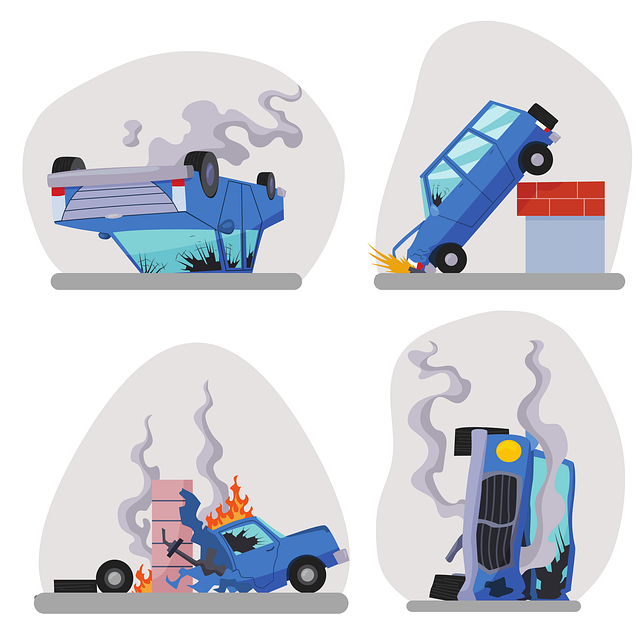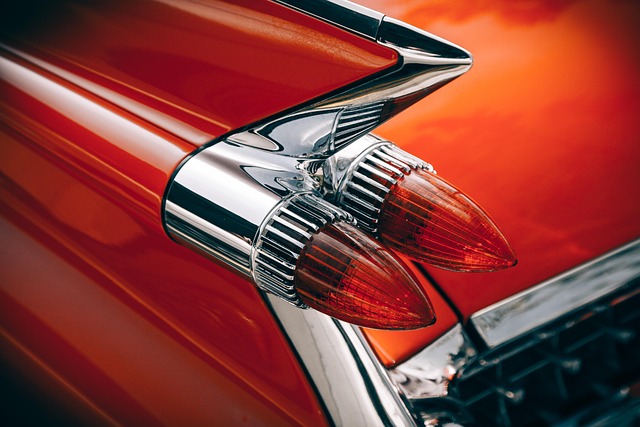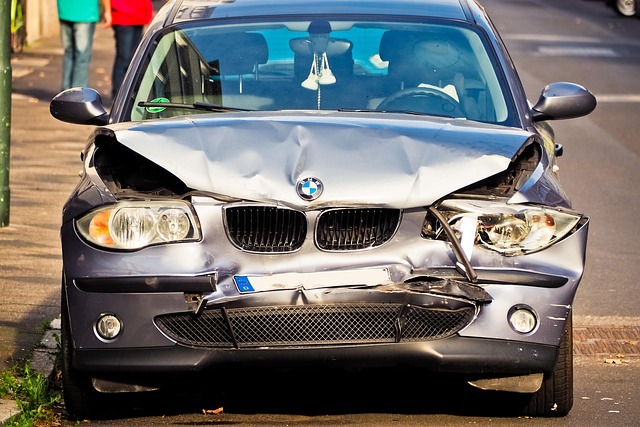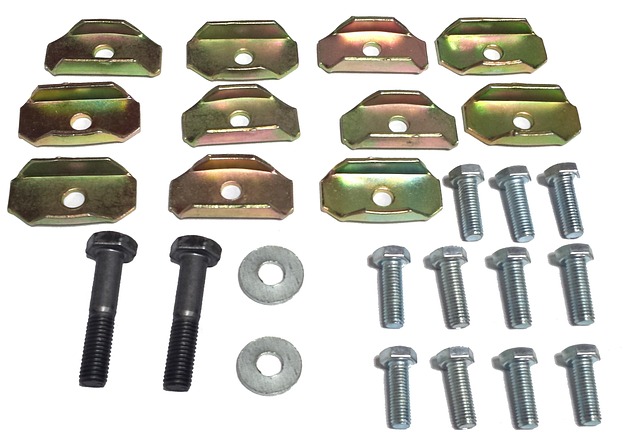Vehicle owners and automotive body shops must prioritize taillight repair and replacement due to their critical role in driver visibility and accident prevention. Non-compliance with industry standards, local laws, and safety guidelines can lead to legal repercussions, fines, and license suspensions. To avoid these issues, follow best practices such as thorough inspections, using high-quality parts, and having work performed by skilled technicians to ensure accurate, safe, and legally compliant taillight repairs.
Taillight repair and replacement are not just essential for road safety, but also crucial for legal compliance. In many jurisdictions, vehicles must meet strict standards for lighting systems to be considered roadworthy. This article delves into the understanding of these legal requirements, explores the significant consequences of non-compliance, and provides best practices for ensuring taillight repairs meet regulatory standards. By adhering to these guidelines, vehicle owners and repair shops can avoid potential fines and maintain legal adherence.
- Understanding Legal Requirements for Taillight Repair and Replacement
- The Impact of Non-Compliance: Potential Consequences and Fines
- Best Practices for Ensuring Taillight Repairs Meet Legal Standards
Understanding Legal Requirements for Taillight Repair and Replacement

Every vehicle owner must be aware of their legal obligations regarding taillight repair and replacement. In many jurisdictions, taillights are considered essential safety features, and their malfunction or non-repair can lead to significant legal repercussions. The primary focus is on ensuring that these lights function correctly to promote road safety. Any repairs or replacements should adhere to specific industry standards and guidelines to maintain legality.
The process involves careful consideration of not just the taillight assembly but also related components, such as electrical systems and car paint repair if necessary. Some regions mandate regular maintenance checks for all lighting systems, including tires services and frame straightening, to guarantee optimal performance. Staying compliant is crucial to avoid fines or legal penalties, ensuring a smooth driving experience while adhering to local transportation laws.
The Impact of Non-Compliance: Potential Consequences and Fines

Non-compliance with taillight repair and replacement regulations can have significant implications for vehicle owners and automotive body shops alike. In many jurisdictions, vehicles must meet specific safety standards to be legally permitted on the road. Taillights play a crucial role in ensuring drivers’ visibility and preventing accidents, especially during nighttime driving or in low-visibility conditions. When taillights are damaged or non-functional due to neglect or improper repair, it not only poses risks to road safety but also becomes a legal issue.
Consequences of non-compliance can include hefty fines and penalties for vehicle owners. In some cases, law enforcement officers may issue on-the-spot citations if they observe defective taillights during routine inspections or traffic stops. Automotive body shops that fail to adhere to the required standards might also face regulatory actions, including license suspensions or revocations, particularly if they are found negligent in their repair practices. This underlines the importance of timely and correct taillight repair replacement, not only for road safety but also to avoid potential legal entanglements and financial burdens associated with non-compliance in a vehicle collision repair setting.
Best Practices for Ensuring Taillight Repairs Meet Legal Standards

To ensure taillight repairs meet legal standards, it’s essential to adhere to best practices that align with local regulations and safety guidelines. The first step is conducting thorough inspections to assess the extent of damage and identify any underlying issues before initiating the repair process. This includes checking not just the taillights themselves but also related components like wiring and lenses, which can affect overall functionality and visibility.
Using high-quality parts specifically designed for taillight repair replacement is paramount. Original Equipment Manufacturer (OEM) parts or reputable aftermarket options that match the original specifications are crucial to maintaining legal compliance. Moreover, professional installation by trained technicians familiar with the latest standards in auto painting and bumper repair ensures accuracy and long-lasting results, thereby avoiding potential legal pitfalls associated with subpar work or incorrect part installations, such as those involving car damage repair.
Taillight repair and replacement are not just about vehicle safety, but also legal compliance. Understanding the regulations surrounding these repairs is crucial to avoid potential fines and consequences. By adhering to best practices and staying informed about legal requirements, businesses and individuals can ensure their taillight repairs meet the necessary standards. Regular maintenance and timely replacements play a vital role in keeping roads safe for all drivers, making it a game-changer for legal compliance in the automotive industry.

